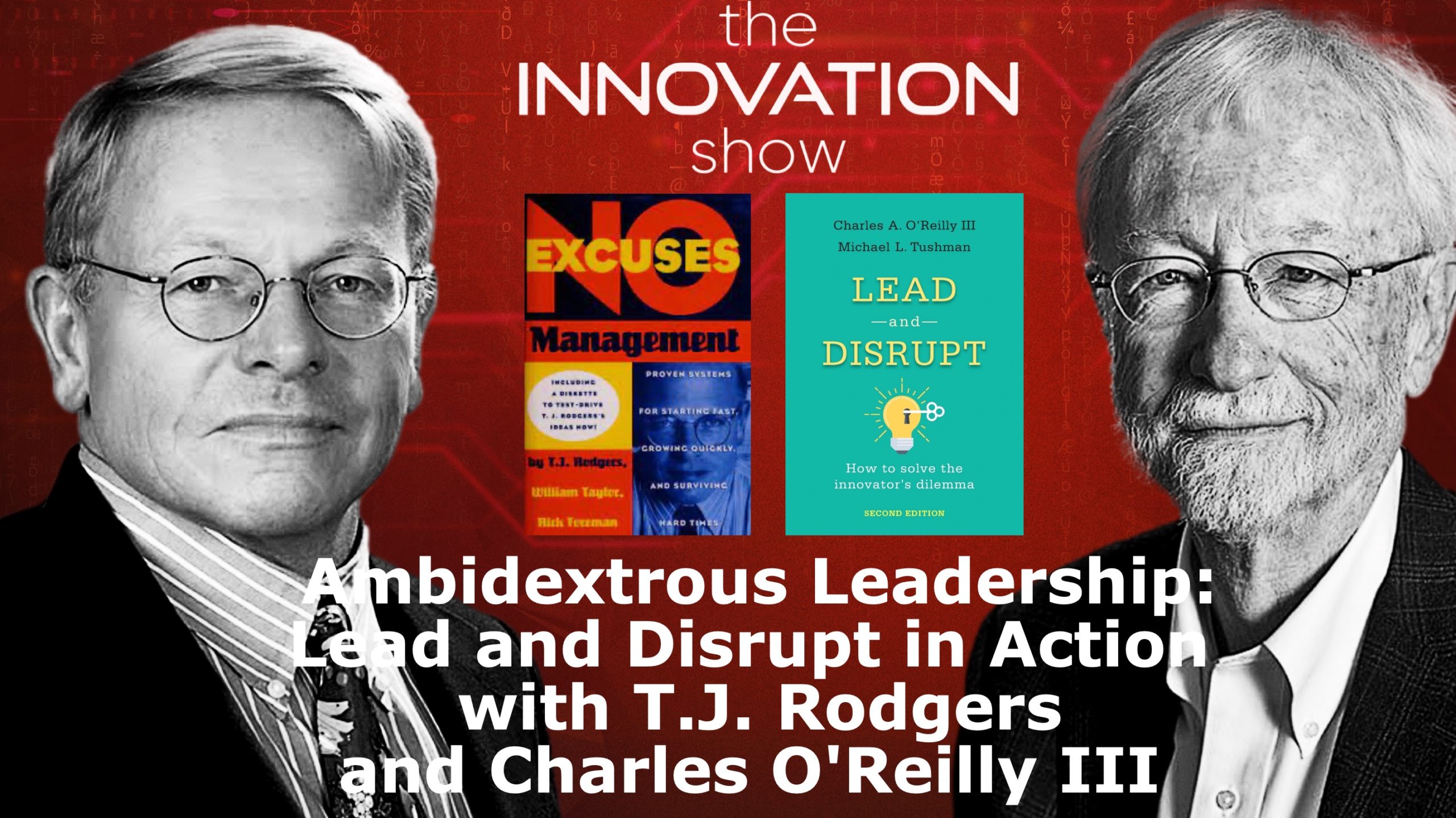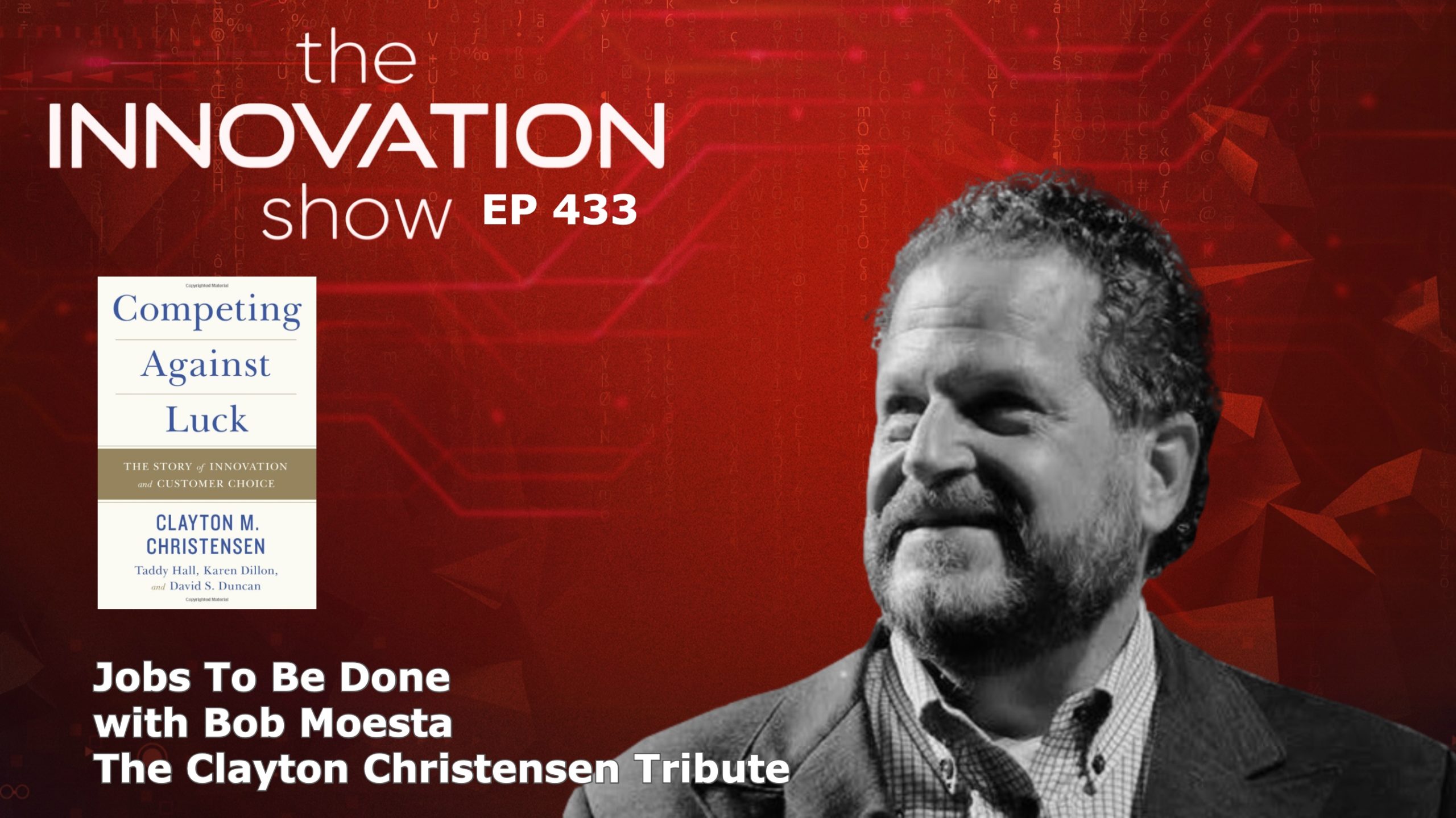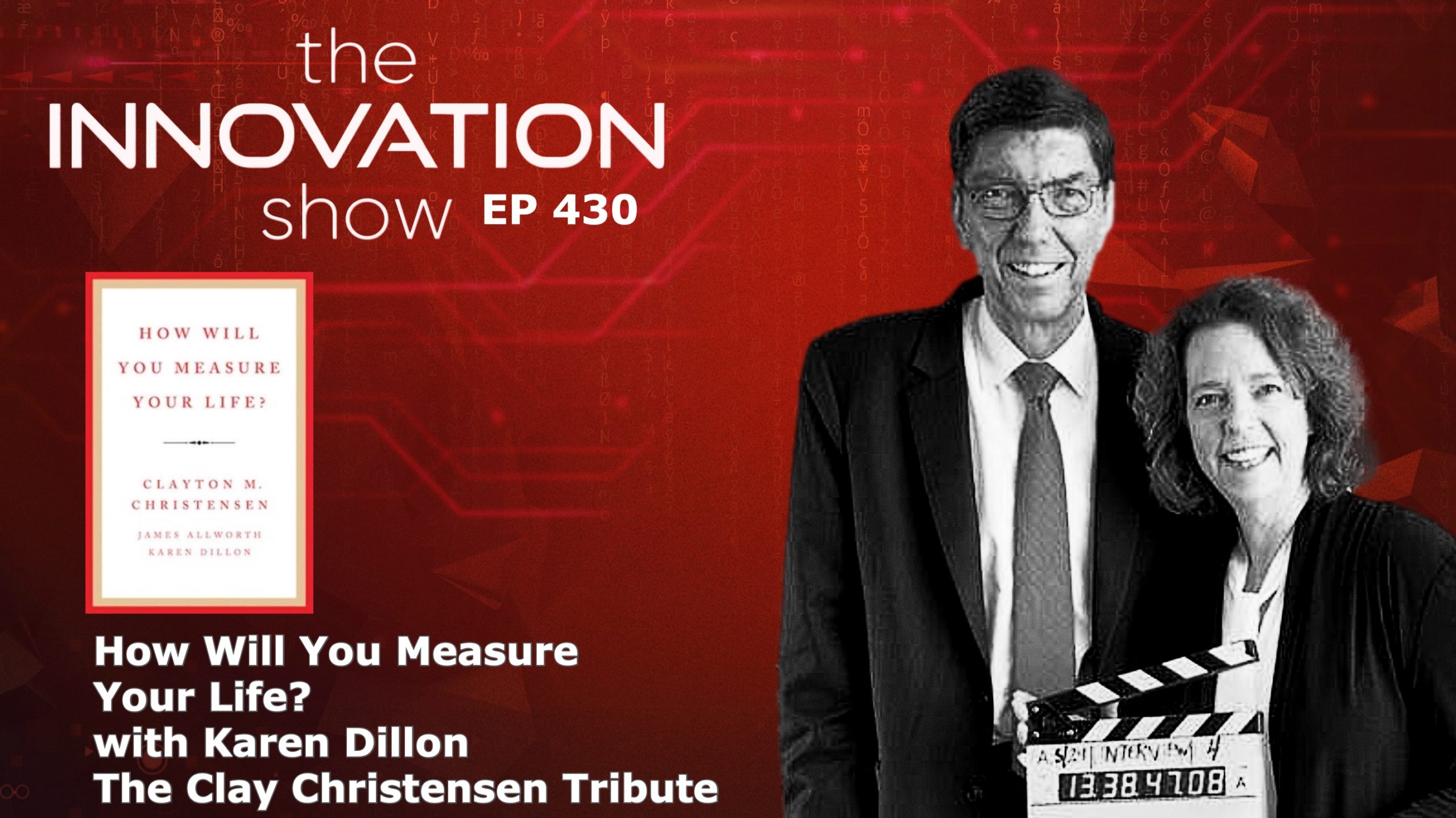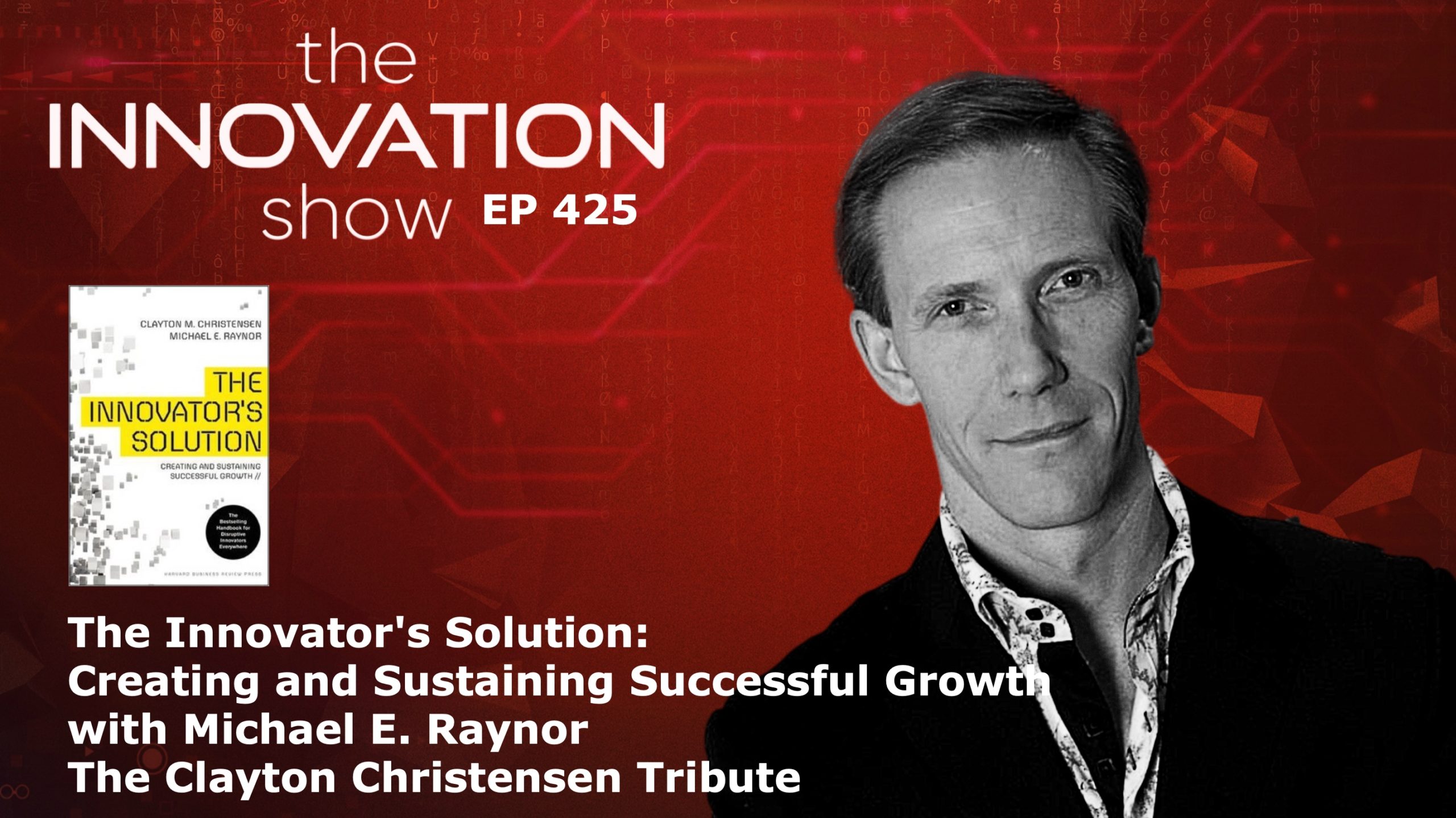When an organisation recalibrates to adopt a radically new strategy, most leaders focus on the changes in processes, practices and procedures. These are the mechanics of business, the easiest to measure and easier to implement. Successful change efforts engage both the mechanics and humanics of change. The humanics involves the community, collaboration and culture. In a world of constant change, organisations must adopt a “chameleonic” culture, one that is capable of rapid change in line with strategic change.
Posted 3 years ago Tagged \Cypress TJ Rodgers Aidan McCullen Charles O'Reilly Corporate Culture Innovation Leadership Michael Tushman Strategy
We are joined by the former CEO of Cypress Semiconductor, TJ Rodgers and his friend and author of Lead and Disrupt, Charles O’Reilly III
Posted 3 years ago Tagged Aidan McCullen Business Corporate Culture Disruption Entrepreneurship Leadership Strategic Hail Mary Pass Strategy Transformation
Businesses throw Hail Marys when encountering a crisis, such as declining sales or disruptive innovation, or technology suddenly upends their business plan. Equally, leaders throw Hail Marys to meet analyst expectations when they have been coasting in the game for a long time. In sports, there is a thin line between arrogance and confidence, and business organisations often fall into the success trap.
Posted 3 years ago Tagged Aidan McCullen Business Corporate Culture Deinosuchus Disruption Leadership Rightsizing Strategy Transformation
Leaders must rightsize the organisation for their current reality when confronting change, a difficult task, as Kodak discovered.
Posted 3 years ago Tagged Aidan McCullen Business Clayton Christensen Disruption Innovation Leadership Strategy Transformation
History is replete with examples where bankrupt organisations had all the ingredients they needed to endure, but their perspective biased their evaluation. In many cases, engineers at established firms had invented the same technology that led to their firm’s demise. However, the entrants led the commercialisation of disruptive technologies rather than incumbents because of the relativity problem.
Posted 3 years ago Tagged Aidan McCullen Corporate Culture Disruption Entrepreneurship Innovation Leadership Strategy Technology Transformation
Clayton Christensen mentored Bob Moesta, and they became fast friends. Bob was one of the principal architects of the Jobs To Be Done theory. He expands on the theory and shares his respect for his friend Clay.
Posted 3 years ago Tagged Aidan McCullen Business Corporate Culture Innovation Leadership Sports Academies are like Innovation and Incubation Labs Strategy Transformation
Sports Academies are like Innovation and Incubation Labs
Posted 3 years ago Tagged Aidan McCullen Business Clayton Christensen Corporate Culture Disruption Entrepreneurship HBR How Will You Measure Your Life Innovation Karen Dillon Leadership Strategy Technology Transformation
Karen Dillon joins us to share concepts from her book How Will You Measure you Life co-authored with her friend, Clay Christensen
Posted 3 years ago Tagged Aidan McCullen Business Disruption Entrepreneurship Guillaume Apollinaire Butterflies Honda Emergent Strategy Innovation Leadership Strategy Transformation
“Butterflies, for all their graces, are merely caterpillars who persevere.” Guillaume Apollinaire, Honda and the emergent strategy in America.
Posted 3 years ago Tagged Aidan McCullen Business Clayton Christensen Disruption Disruptive Innovation Entrepreneurship Innovation Leadership Michael Raynor Strategy Technology The Innovator's Solution Transformation
The Innovator’s Solution summarises a set of theories that can guide managers who need to grow new businesses with predictable success—to become the disruptors rather than the disruptees—and ultimately kill the well-run, established competitors. To succeed predictably, disruptors must be good theorists. As they shape their growth business to be disruptive, they must align every critical process and decision to fit the disruptive circumstance.









